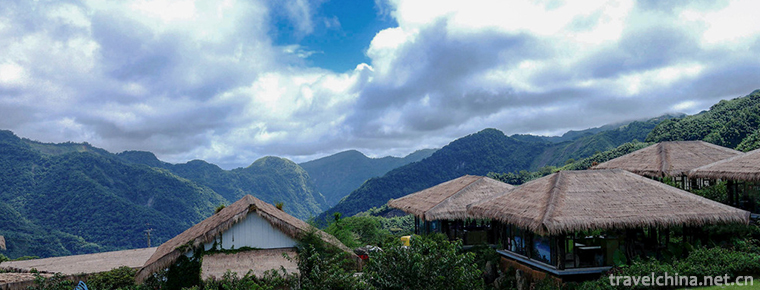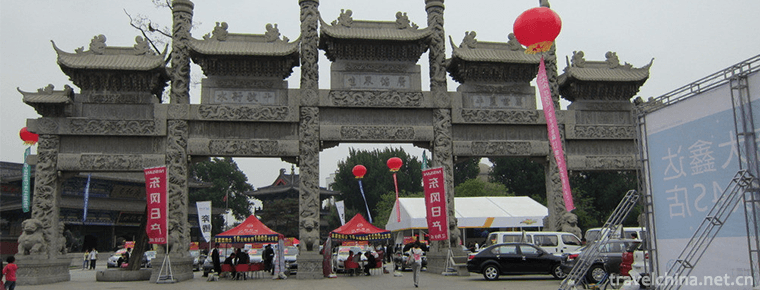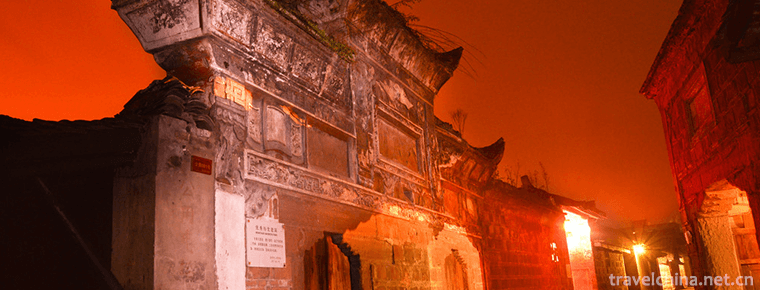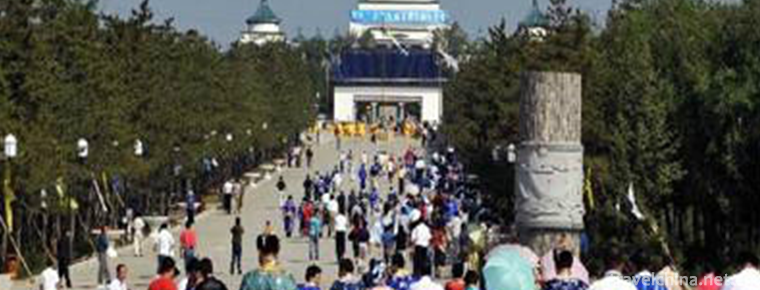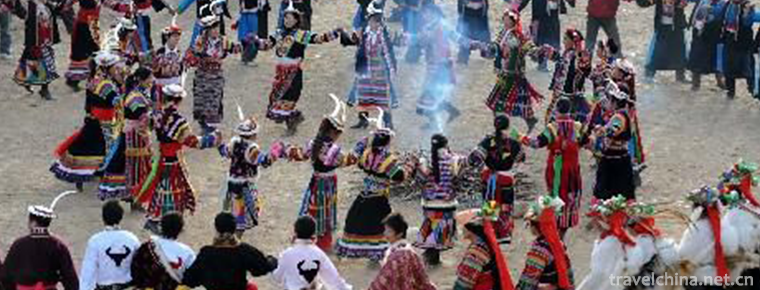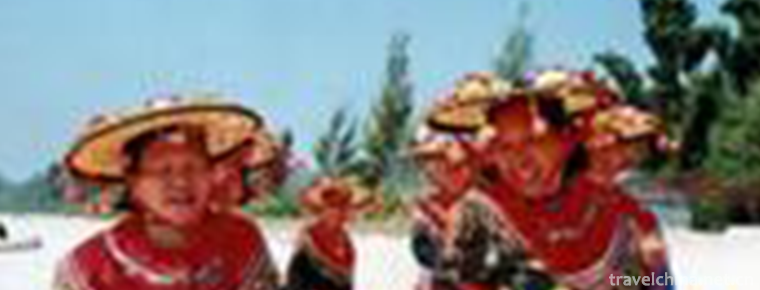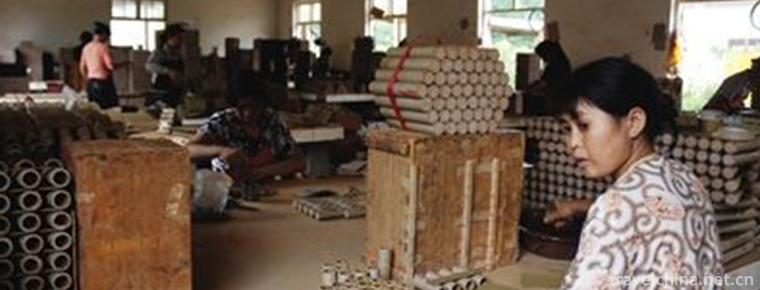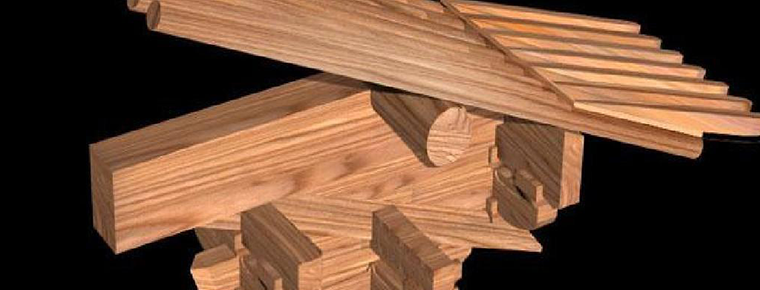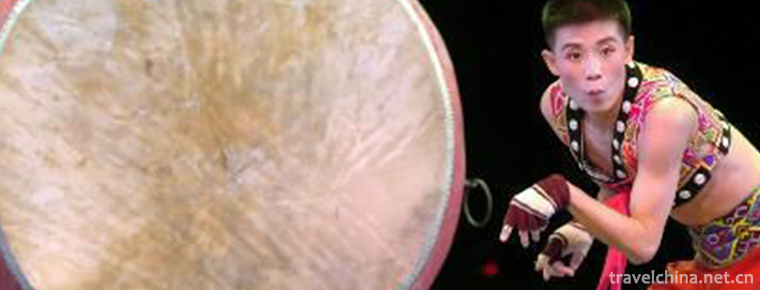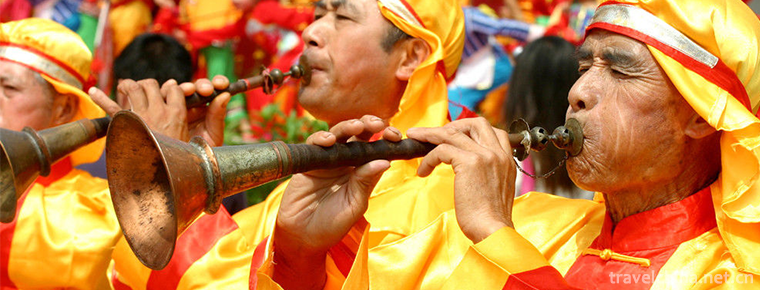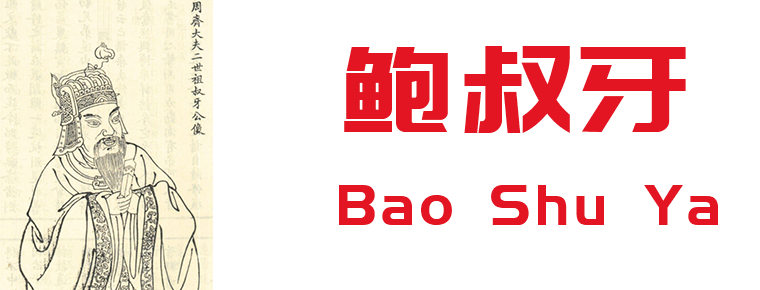Brown Fan Dance
Brown Fan Dance
On the day of the grand Brown fan dance festival, adult men gather in groups on a square with their own delicacies and rice wine every day, and hold a large-scale Brown fan dance activities by arranging long banquets of wine and vegetables along the square.
"Brown Fan Dance" is a dance of Hani people, an ancient and magical dance. The Hauni people celebrate the Spring Festival with the Han people. Every year, from the third to the fifth day of the first lunar month, a grand Brown fan dance ceremony is held. The Hauni people celebrate the Spring Festival with the Han people. Every year, from the third to the fifth day of the first lunar month, a grand Brown fan dance ceremony is held.
On May 23, 2011, the brown fan dance was listed in the third batch of national intangible cultural heritage list with the approval of the State Council.
Historical Evolution
According to folklore, in ancient times, a grandmother named "Omarto" wanted to teach the brown fan dance to women, but not all of them were taught before they went to heaven. Her crutches stuck in the village and grew into towering trees. In order to commemorate their ancestors, every year on the day of cattle or tigers in February of the lunar calendar, women in the village go to the "divine tree" to mourn their ancestors and dance the "brown fan dance". In addition, the origin of the brown fan dance is closely related to the ancient hunting collection and sacrifice.
Stylistic features
The Brown fan dance was mainly used for sacrificial activities at first. The dancing gestures were not unified, but each movement was symbolic. Males imitated animals or birds, while females carried Brown fans to imitate white Oriole movements. They danced separately to show respect and remembrance for the deceased. It was solemn and sincere. With the development of society, the palm fan dance gradually weakens the sacrificial elements and develops into a dance that can be used not only in sacrificial rites but also in self-entertainment activities, not only singing and dancing in sacrificial rites and funerals, but also in festivals and agricultural leisure.
Palm Fan Dance is accompanied by cuffs, drums, cymbals and suonas. The props consist of a pair of bamboo tubes with millet, baogu, buckwheat, silver chain and copper coins and several pine branches, which are placed on the bamboo mat. The Brown fan is a special prop for women. Dance has a certain skill, simple, heavy, funny movements, more use of foot tremor, undulating open span and the swing of arms and arms, part of the dance posture is similar to rock painting. There are more than 10 sets of movements, such as "wash the face of the old bear", "hold the melon by the monkey", "hold the chicken by the eagle", "wear pants by the old bear", "wrap the waist by the monkey", "fight the cock", "break the valley by the monkey", "flap the wings by the eagle", "walk by the old bear". They are vivid in shape, graceful in dancing posture, distinctive in national characteristics and full-bodied. Local flavor.
Brown Fan Dance is limited to males, presided over by highly respected elderly people. He held a brown fan in his hand and closed it three times to all the villagers. Then he spread out the fan to indicate that the Grand Palm fan dance ceremony is now beginning. For a moment, the sounds of gongs and drums shocked the whole world. In the joyous music, the elders who presided over the ceremony first danced around the banquet. Most of the actions were to shake their hands, which meant to jump off the dust and diseases on their bodies and usher in the good fortune and happiness of the new year. Then, the other people who attended the banquet, holding brown fans, danced around the banquet one or more people in turn. At the climax, the crowd danced. In Honey's mind, the white oriole, butterfly and bee are mascots, and the turtle dove is a bird of iniquity. Therefore, they are good at using mascots to symbolize the pursuit of beauty, and the act of driving away evil things to symbolize hatred for them. People sometimes spread their wings like white orioles, symbolizing abandonment of dirt and greeting the new; sometimes like white Orioles drinking spring water, symbolizing that the life of the new year will be as sweet as spring water; sometimes like butterflies gathering flowers, honey gathering, symbolizing the pursuit of a better life; sometimes like scaring turtledoves, symbolizing driving away farmland disasters and striving for a new one. A bumper harvest was achieved in 2001. The unique and graceful dance reflects the desire of the Honey people to get rid of the filth and welcome the table, and also reflects their virtues of being kind and enterprising.
After a burst of dancing, some people sat down along the long table, eating and drinking while singing, toasting each other, and congratulating Kangtai and auspicious each other with singing. Some continue to dance, indulging in the joy of dance. The melodious singing, the simple and colorful Brown fan dance, the happy laughter and joy of drinking make the whole feast full of joy, make people full of happiness and good hope in the new year, make the Honey people more united and harmonious, to overcome all natural disasters, usher in the new year's bumper grain, six livestock prosperity.
Inheritance Significance
People regard it as the incarnation of their ancestors. Every February of the lunar calendar belongs to the day of ox or tiger. All the women in the village go to the "divine tree" to mourn their ancestors and dance the "brown fan dance". The first ancestor of Li Hei, a villager in Malizhai, Yuanyang County, was "Oma" (Tiannu). From "Oma" down to the widely recognized male ancestor of the Hani people, "Zhanmoye", more than 20 generations apart. The Hani people in the Red River regard "Oma" and "God Tree" as God worship together. When offering sacrifices, the women waved a ring of brown fans and started dancing. From the form and content of the whole dance, it shows that the brown fan dance has a long history.
The main inheritance mode of brown fan dance is teacher's inheritance. The master teaches the main movements and basic techniques of dance to the apprentices. As one of the representative works of Hani dance, Brown fan dance has won many awards in China, and has performed in Sweden, Italy and other countries.
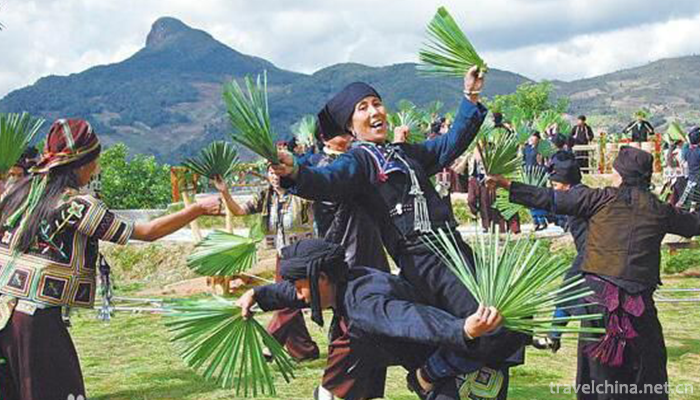
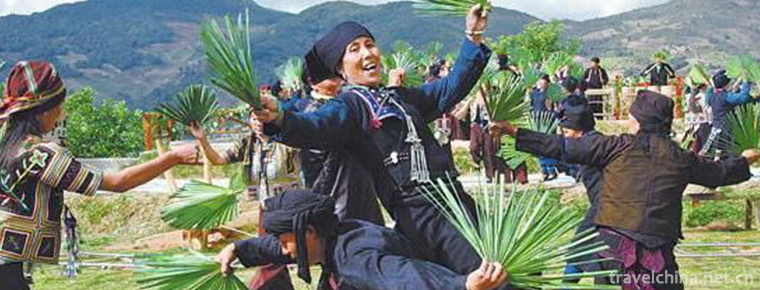
Brown Fan Dance
-
Ali Mountain
Mount Alishan, located 75 km east of Jiayi City, Taiwan Province, is located at an altitude of 2,216 meters. Its coordinates are 23 degrees north and 31 minutes east
Views: 300 Time 2018-10-30 -
Guangyou Temple Scenic Area
Guangyou Temple is located in Liaoyang City, Liaoning Province, with Baita in the West and moat in the east. It covers an area of 60,000 square meters. The central axis of the north and south is archw
Views: 168 Time 2019-01-13 -
Li Zhuang ancient town
Lizhuang, an ancient town precipitated by cultural and historical relics, is an ancient town that tells stories and vicissitudes of the Anti-Japanese War. It is an ancient town that reflects Chinese t
Views: 240 Time 2019-01-29 -
Tengtou Ecological Tourism Area
Embedded between Fenghua and Xikou, Tengtou Eco-tourism Area is located in Xiaojiang Plain, close to Jiangba and Yongxi Highway. Located 6 kilometers north of Fenghua City
Views: 250 Time 2019-02-13 -
Genghis Khan Festival
Genghis Khan's sacrifice is a Mongolian custom of offering sacrifices to Genghis Khan. It originated in the Wokuotai era, and was formally issued in the Kublai Khan era. It stipulated various sacrific
Views: 196 Time 2019-04-18 -
Panda Dance
Panda dance is a traditional dance originating in Jiuzhaigou County. Every year on the 15th and 16th of the first lunar month, some of the Baima Tibetans wear panda masks to exorcise evil spirits.
Views: 132 Time 2019-04-26 -
Huidong Fishing Song
Huidong Fishing Song is one of the traditional folk arts in Guangdong Province. From the Song Dynasty, fishing songs in the shallow sea of Huidong were introduced from the coast of Fujian Province.
Views: 219 Time 2019-05-05 -
Production Techniques of Liuyang Fireworks
Liuyang fireworks production in Hunan has a long history. According to records, it began in Tang Dynasty and flourished in Song Dynasty. During Kangxi period of Qing Dynasty, the production had a cons
Views: 427 Time 2019-05-13 -
Construction Techniques of Luling Traditional Dwellings
The traditional wooden structure construction technique is an ancient traditional handicraft of the Han nationality. The traditional architecture of the Han nationality is a building system with woode
Views: 292 Time 2019-05-15 -
Folk dance
Generally speaking, it refers to the form of dance which is produced and spread among the people, restricted by folk culture, improvised performance but relatively stable in style, and with self-enter
Views: 259 Time 2019-06-05 -
Suona Art
Suona art is a manifestation of traditional Chinese folk culture. In 2006, Qinyang City of Henan Province and Qingyang City of Gansu Province applied for intangible cultural heritage. Its basic musica
Views: 143 Time 2019-06-17 -
Bao Shu Ya
Bao Shuya (the first 723 years or the first 716 years - the first 644 years). Si Surname, abalone His name is a famous uncle. Yingshang (now belongs to Anhui (person) the Spring and Autumn period Qi S
Views: 197 Time 2019-09-11
